| Back to . . . |  The Hyperbola of Fermat: One of the Classic Conic Sections. . . . |
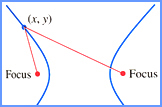 The difference between (x,y) and the two foci remains constant. |
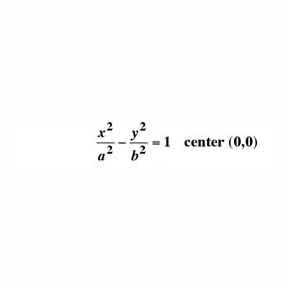 Replay the animation |
 These
equations are in "Cartesian" form. What is less well-known is
that Fermat, not Descartes, might be credited with writing about these
curves earlier than his contemporary. According to E. T. Bell, "...each of them,
entirely independently of the other, invented analytic geometry"
and
labeled Fermat as "The Prince of Amateurs."
The following are all known as the hyperbola, parabola and spiral of Fermat.  In
a letter written to Roberval in 1636, Fermat stated that he had
formulated these curves seven years earlier.
|
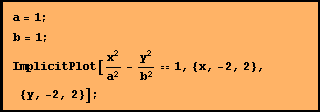 Parametric Plot 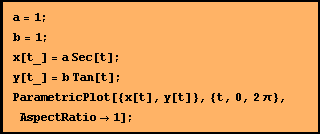 Polar Plot  |
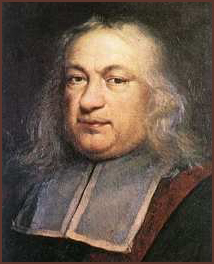 The Prince of Amateurs |
An Example of Implicit
Differentiation from Calculus Applied to a Hyperbola
|
|||
For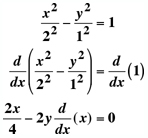 |
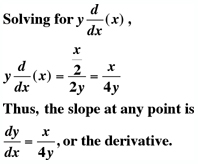 |
Note: Using the slope
of the slant asymptotes, not points on the hyperbola, to sketch a
hyperbola is far
more common and does not require calculus.
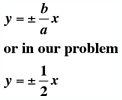 |
But if the
slope at any point on the hyperbola is known, a "slope field" may be
drawn using a TI-89 or TI-92 Plus. The calculator screen for the
upper branch of a hyperbola might appear as . . . .
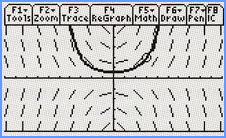 |
Other Animated Spirals with MATHEMATICA®Code
Historical Sketch on Spirals
The name spiral, where a curve winds outward
from a fixed point, has been extended to curves where the tracing
point moves alternately toward and away from the pole, the so-called sinusoidal
type. We find Cayley's Sextic, Tschirnhausen's Cubic, and
Lituus' shepherd's (or a bishop's) crook. Maclaurin, best known
for his
work on series, discusses parabolic spirals in Harmonia Mensurarum (1722).
In architecture there is the
Ionic capital on a column. In nature, the spiraled chambered
nautilus is associated with the Golden Ratio, which again is associated
with the Fibonacci Sequence. |
|
|
|||
| http://www-history.mcs.st-and.ac.uk/history/Curves/Fermats.html | |||
| Bell, E. T., Men of
Mathematics, Simon and Schuster, 1937, pp. 56 - 72. |
|||
| Boyer, Carl B., revised by U. C. Merzbach, A History of Mathematics, 2nd ed., John Wiley and Sons, 1991. | |||
| Eves, Howard, An Introduction to the
History of Mathematics, 6th ed,. The Saunders College Publishing,
1990, pp. 353-354. |
|||
| FERMAT'S THEOREM, math HORIZONS, MAA, Winter, 1993,
p. 11. |
|||
| Gray, Alfred, Modern Differential Geometry of Curves and Surfaces with MATHEMATICA®, 2nd ed., CRC Press, 1998. | |||
| Katz, Victor J., A History of
Mathematics, PEARSON
- Addison Wesley, 2004. |
|||
| Lockwood, E. H., A Book of Curves, Cambridge University Press, 1961. | |||
| McQuarrie, Donald A., Mathematical
Methods for Scientists and Engineers, University Science Books,
2003. |
|||
| Shikin, Eugene V., Handbook and Atlas of Curves, CRC Press, 1995. | |||
| Yates, Robert, CURVES AND THEIR PROPERTIES, The National Council of Teachers of Mathematics, 1952. | |||
|


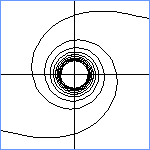
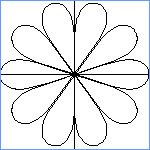
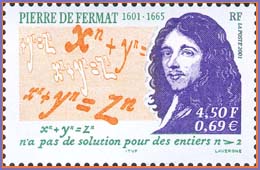 From the
legendary Delian problem in antiquity to modern
freeway construction, spirals have attracted great mathematical talent.
Among the more famous are
From the
legendary Delian problem in antiquity to modern
freeway construction, spirals have attracted great mathematical talent.
Among the more famous are